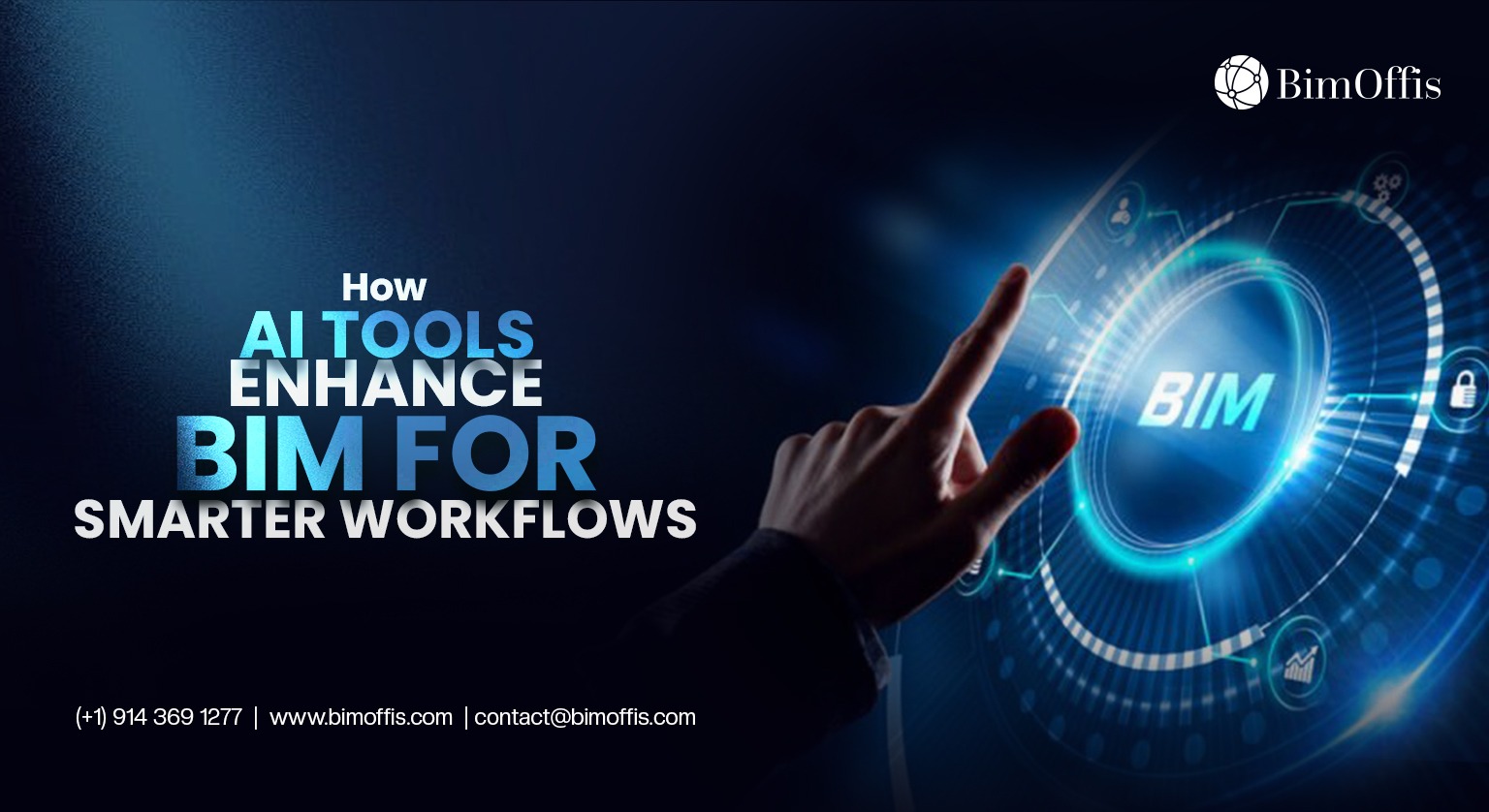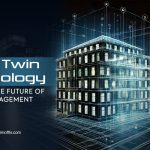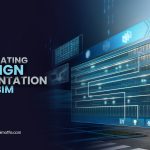AI is becoming an embedded system in BIM that is redefining how architecture, engineering, and construction (AEC) industries formulate, plan, coordinate, and deliver projects. Thus, AI is helping to contemplate BIM processes more rational, efficient and accurate through the means of enhancing the smoothed work-flows and minimizing the errors.
1. The Role of AI in BIM
BIM is the process of constructing a digital representation of a facility precise and rich in data planned and used by people to a project design, construction and management. AI enhances this process by such factors as reducing the time spent on repetitive tasks, increasing efficiency, and providing useful information.
Key AI features in BIM include:
- Pattern recognition method for detecting inconsistency in
- Justas routine work like clash detection can be automated, so can analysis streams and risk management excessively.
- Predictive analytics for project planning and risk
2. Smarter Design Processes
AI tools integrated into BIM platforms significantly improve the design phase by:
- Automating clash detection: Through the use of AI, conflict analysis on architectural,structural and MEP designs can be easily performed and this saves time and eliminates reinvention of the wheel.
- Generatingdesign alternatives: Optimization algorithms suggest to designers optimal design solutions that should correspond to certain parameters, such as energy consumption, cost, or sustainability.
- Facilitating generative design: Automated generative design allows the architect to gaugea large number of options in relation to the layout of a building, in this case, a design that is efficient and one that complements set objectives.
3. Predictive Analytics for Better Project Management
AI-powered predictive analytics in BIM provide insights that help stakeholders make informed decisions, such as:
- Resourceforecasting: AI in the procurement process anticipates the demand on the necessary material and labour estimate to prevent wastage.
- Riskmitigation: That is why AI can use historical data to predict such threats as time or a budget increase connected with a definite project.
- Maintenanceplanning: Maintenance is envisioned with help of data from BIM-systems, so extension of the service life of the assets occurs.
4. Enhanced Collaboration and Communication
AI enhances collaboration within BIM workflows by:
- Simplifyingdata exchange: AI makes it easy for the various BIM tools to interact with each other since interaction across work disciplines is made possible.
- Intelligent task automation: AI based chatbots and assistants enhance the communicationby monitoring the status of project, specifying what task is due when, and alerting the team when certain important deadline is looming.
5. Real-Time Monitoring and Insights
Combining AI technology with BIM causes it to work with IoT devices for tracking real-time construction projects. For instance:
- Progresstracking: A team of drones and other sensors provides real-time updates on construction progress into BIM models that remain accessible to stakeholders.
- Safetymonitoring: Machine vision applies safety threats assessment on construction site through assessment of visual information from the cameras and drones.
6. Sustainability and Energy Optimization
AI supports green building initiatives by analyzing BIM models to identify ways to:
- Optimizeenergy use: AI involved energy efficient materials and layouts to less the strain to the natural environment.
- Minimizewaste: The predictive model minimizes material waste and cut costs incurred when constructing a structure.
- Ensurecompliance: AI checks BIM models for adherence to sustainability standards and regulations.
7. The Future of AI-Enhanced BIM
AI and BIM work in tandem with each other and, as technology advances, the companies see further incorporation happening. Future developments may include:
- AI-drivenautonomous construction: Advertisement with AI and BIM models showed that robots could execute hard construction operations independently with less human
- Advanceddigital twins: AI will enhance digital Twins from BIM models to achieve detailed Operational facilities for improved maintains of built properties.
- Personalizedworkflows: It will be revealed that processes of BIM will be customized depending on the project teams’ requirements and preferences.
Conclusion
The incorporation of artificial intelligence into Building Information Modelling constitutes a revolution for Architecture, Engineering, Construction and design markets. In the following aspects, AI brings improvement to the project management and execution that traditional methods may not achieve: With the advancement of AI research and technology, it can be prognosticated with confidence that AI will continue to have an increasing importance in BIM as well as beginning to open an entirely new vista of possibilities for both the enhanced of productivity and development of radical ideas in the built environment.






